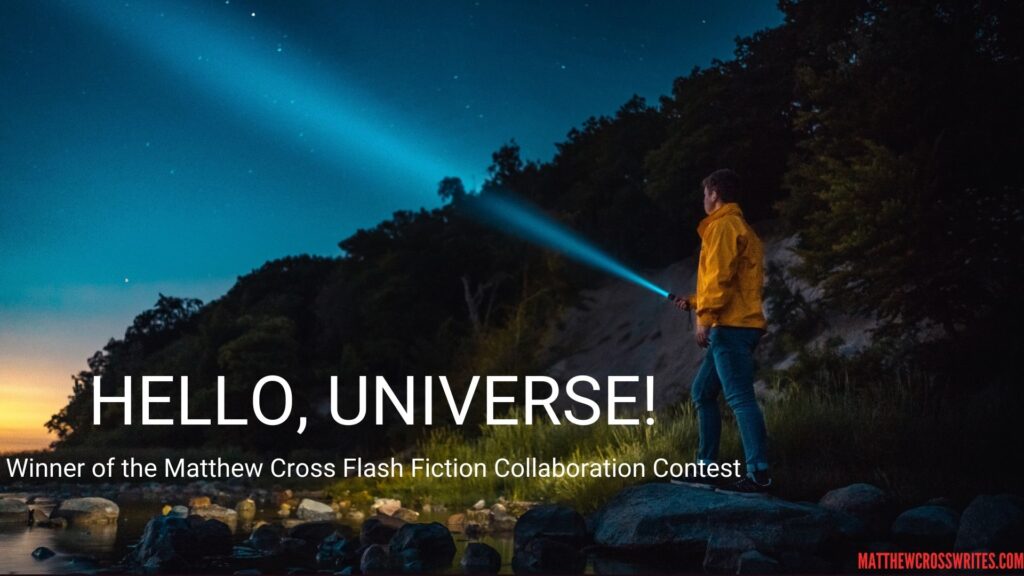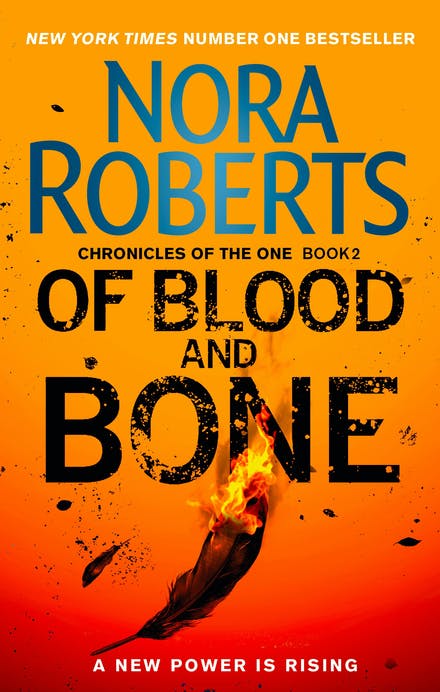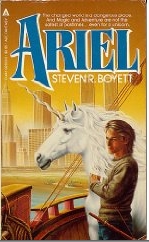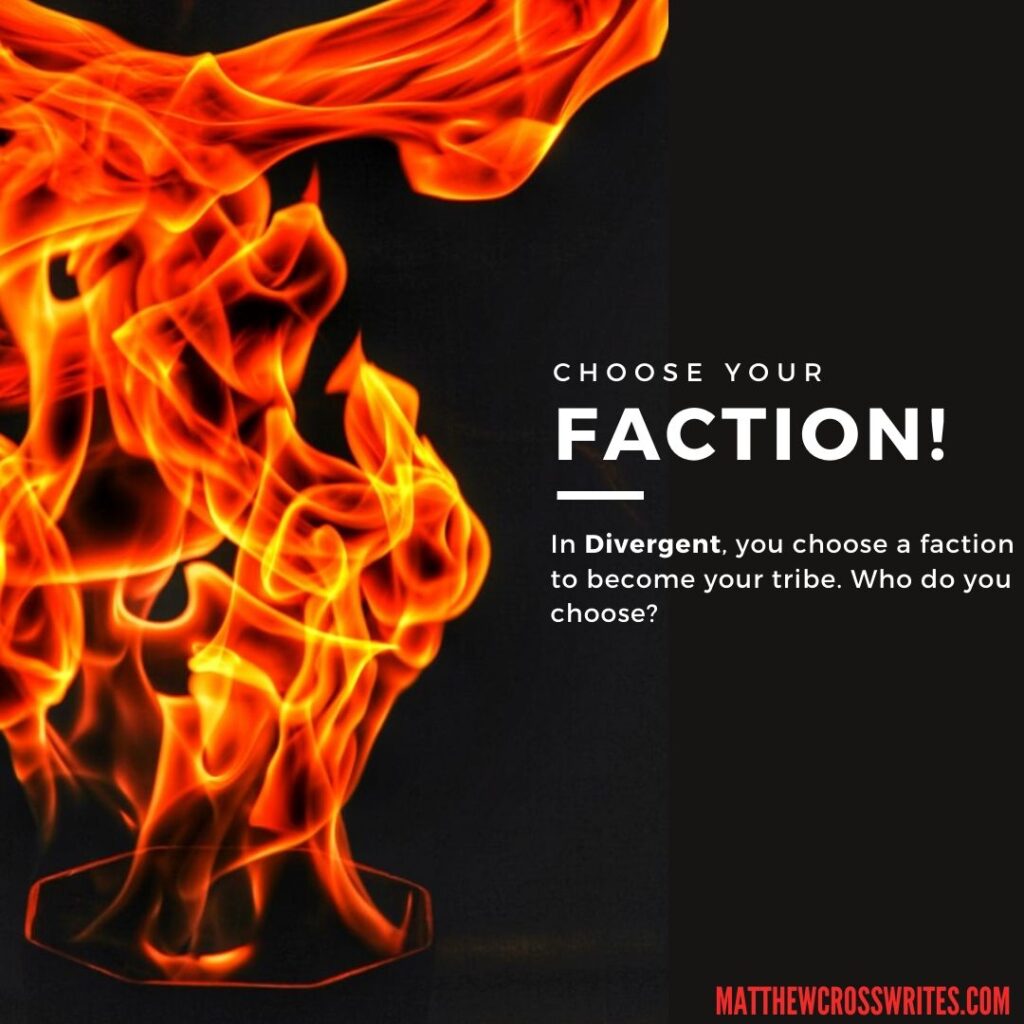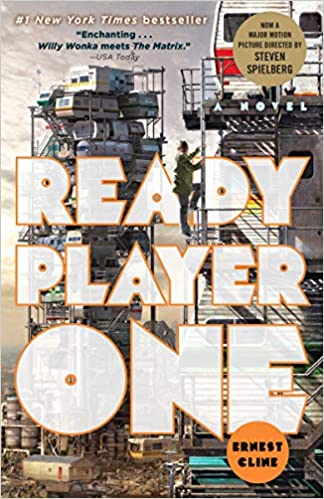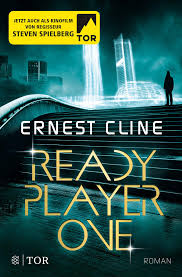Science fiction brims with space marines and special forces that fight hand-to-hand in space, on land, in the air, and in the sea. Some of these fictional warriors may be inspired by the U.S. Navy SEALs.
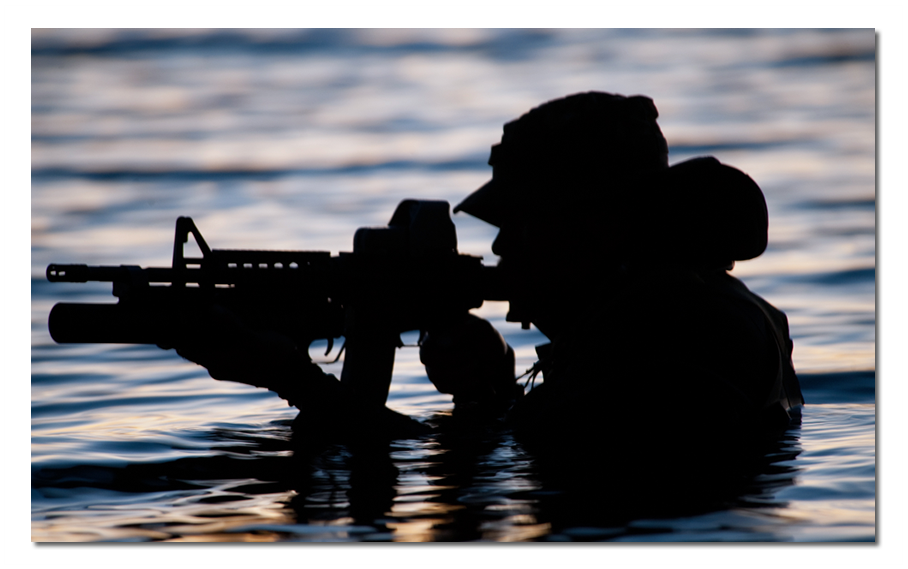
Here are 5 fascinating facts about U.S. Navy SEALs:
1. What does SEALs mean?
Their full name is United States Navy Sea, Air and Land Teams. The term “SEAL” comes from combining SEa, Air, and Land. As the name indicates, SEALs are trained to operate on and under the sea, in the air and on land.
They train to jump from planes and helicopters. They operate watercraft above and below the water. And they perform operations on land as well.
2. What do Navy SEALs do?
SEALs operate in small teams on special missions to capture or kill important enemies. (Here’s how the U.S. Navy describes it: “Carrying out small-unit, direct-action missions against military targets.”) SEAL Team Six killed Osama bin Laden in his compound in Pakistan in 2011. SEAL Teams also conduct very dangerous surveillance missions to spy on an enemy from behind enemy lines. Getting in and out of a foreign country or war zone without being detected is one of their key skills.
Want more fascinating facts about Navy SEALs? Of course, you do! Make sure to keep reading to Fascinating Fact No. 5 to learn about SEALS in space!
3. What is the SEAL motto?
SEAL team members are incredibly tough dudes, and their grueling training only makes them tougher, both physically and mentally. They have two mottoes:
The only easy day was yesterday.
It pays to be a winner.
4. What are some nicknames for U.S. Navy SEALs?
- Frogmen
- The Teams
- The Men with Green Faces
The Navy SEALs earned the last nickname during their time in Vietnam in the 1960s. SEAL team members performed many special functions during the Vietnam War, including training South Vietnamese soldiers, interrupting enemy movements, and performing special operations to capture or kill key North Vietnamese Army personnel. During combat missions, the Navy SEALs wore camouflage paint and the Viet Cong began describing the mysterious, deadly enemy as “the men with green faces.”
5. Have any Navy SEALs been to space?
Yes! Three U.S. Navy SEAL team members have served as U.S. astronauts, showing that SEALs can conquer sea, air, land and space.
Bill Shepherd–The first SEAL in space, Capt. Shepherd is a legend among astronauts and SEALs. He commanded the first crew of the International Space Station. He was awarded the Congressional Space Medal of Honor.
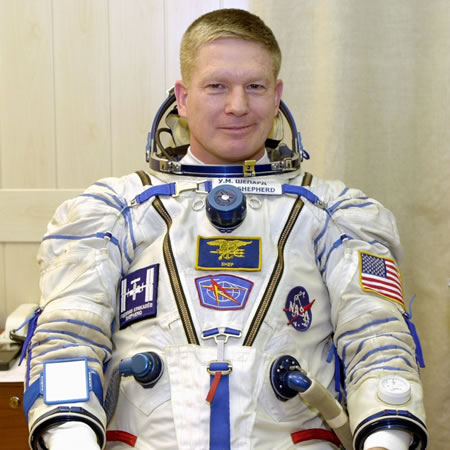
Source: NASA and National Navy SEAL Museum
There is also a rumor that he will not confirm or deny, saying “it’s too good a story.” It’s said that NASA gave him a standard interview question, asking what he did best, and he answered, “Kill people with knives.” Of course, this is a vital skill for Navy SEAL team members and he should be very good at it, so the story certainly seems plausible.
Christopher Cassidy–Capt. Cassidy is in space right now! He is the commander of Expedition 63 aboard the International Space Station. He returns to Earth this Wednesday, October 21, 2020, after 6 months aboard the space station. Read here about the details planned for his departure from the space station and his return to Earth.
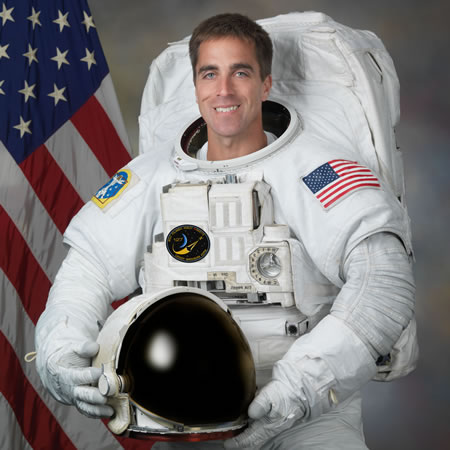
Source: NASA and National Navy SEAL Museum
Cassidy also flew on the space shuttle Endeavor and served on Expedition 35 on the space station. He has completed 6 spacewalks. In total, Cassidy has spent more than 31 hours in spacewalks. By the time he returns to Earth on Wednesday, he will have spent 378 days in space, giving him the fifth highest total among U.S. astronauts.
Jonny Kim–Dr. Jonny Kim is the third SEAL selected by NASA for astronaut training. He completed more than 100 combat missions for the Navy and rose to the rank of lieutenant. After serving his country, he completed a degree in mathematics and then earned a Doctorate of Medicine at Harvard Medical School.
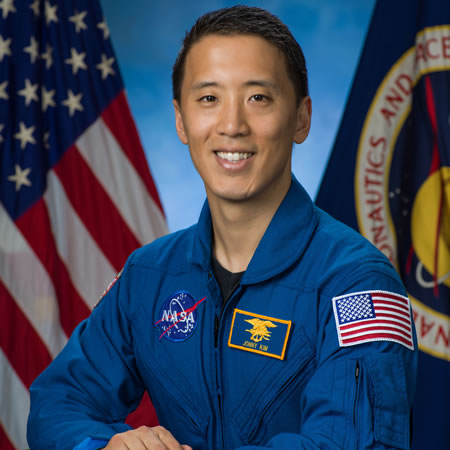
Source: NASA and National Navy SEAL Museum
But that was not enough achievement for Dr. Kim. He became an astronaut candidate in 2017 and has completed his two years of training. He serves in NASA’s Astronaut Office performing technical duties while awaiting flight assignment. While at NASA, he remains on active duty as a Navy lieutenant.
More fascinating facts about Navy SEALs
Navy SEALs have a long history with the U.S. space program dating back to the Gemini and Apollo space missions. To learn more fascinating facts about Navy SEALs, visit the National Navy SEAL Museum in Fort Pierce, Florida. Until you can make it in person, check out the museum website, starting with this section dedicated to the space program.



